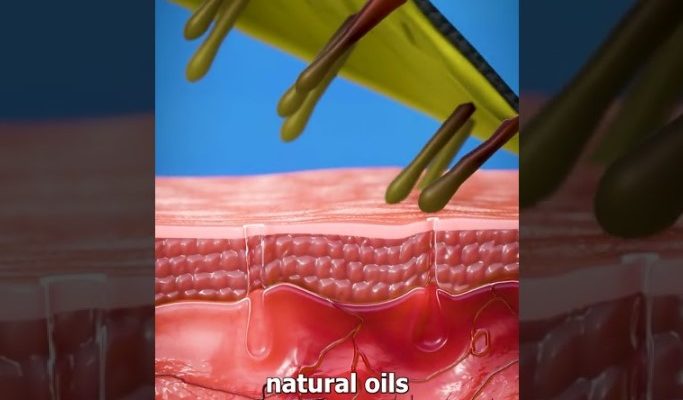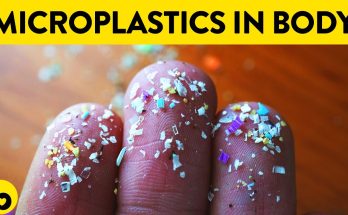Pore strips are a popular skincare tool, commonly used to remove blackheads and clear out clogged pores. While the immediate results can seem gratifying—revealing a strip covered in what appears to be dirt and oil—there are several reasons why pore strips can be bad for your skin in the long run. Understanding the potential drawbacks of pore strips is important to maintain a healthy skincare routine and avoid damaging your skin.
1. Temporary Results
One of the main reasons pore strips can be problematic is that their effects are usually temporary. The strips remove surface-level debris, including dead skin cells and some oil, but they do not address the root cause of clogged pores or blackheads. Blackheads often reappear within a few days, as the strip does not clear the deeper blockages or excess sebum production, which are responsible for the clogged pores. This can lead to frustration and the temptation to use pore strips more frequently, which can harm your skin.
2. Skin Irritation and Sensitivity
Pore strips can be harsh, especially on sensitive or delicate skin. They often contain adhesives that are strong enough to pull out impurities from your pores but can also strip away the skin’s natural oils and protective barrier. This can lead to irritation, redness, and sensitivity, particularly for those with already reactive or acne-prone skin. Over time, frequent use of pore strips may disrupt the skin’s moisture balance and cause further irritation, leading to a compromised skin barrier that is more prone to inflammation, dryness, and breakouts.
3. Damage to Skin’s Elasticity
Another concern with pore strips is the potential damage to the skin’s elasticity. The process of pulling off a pore strip is somewhat aggressive and can cause mechanical trauma to the skin. The adhesive can tug at the skin’s surface, especially around the delicate areas such as the nose and cheeks. Repeated use may contribute to a breakdown of the skin’s elastic fibers, which are responsible for maintaining firmness and preventing sagging. Over time, this may lead to premature aging, with skin becoming less resilient and more prone to fine lines and wrinkles.
4. Not Suitable for All Skin Types
Pore strips are not universally beneficial and can be particularly problematic for individuals with certain skin conditions. For example, those with rosacea, eczema, or sensitive skin may experience heightened irritation or flare-ups after using pore strips. The stripping action of these products can exacerbate skin conditions, leading to increased redness, irritation, and discomfort. Additionally, individuals with dry skin may find that pore strips further deplete their skin of essential moisture, causing dryness and peeling.
5. Risk of Enlarged Pores
Ironically, while pore strips are designed to reduce the appearance of large pores, they may end up making the problem worse. When the strip is removed, it can sometimes leave pores stretched or open, particularly if the strip is used frequently. This can create the appearance of larger pores over time, and without proper aftercare—such as using a toner or product that tightens and minimizes pores—the skin may become more prone to clogging and congestion.
6. Stripping Away Healthy Skin Cells
Pore strips not only remove dirt and oil but also strip away some of the skin’s healthy surface cells. This exfoliation may sound beneficial in theory, but it can be too harsh when done frequently or without proper skincare products to follow up. Healthy skin cells contribute to the skin’s natural protective barrier, which guards against environmental damage and maintains hydration. When these cells are prematurely removed, the skin is left more vulnerable to dehydration, environmental stressors, and irritation.
Alternatives to Pore Strips
Instead of relying on pore strips, consider gentler and more effective ways to deal with blackheads and clogged pores. Regular exfoliation using products containing salicylic acid or gentle exfoliating enzymes can help to keep pores clear without the harsh stripping action of a pore strip. Additionally, using clay masks or oil cleansers can effectively draw out impurities from the skin without damaging the skin barrier.
Conclusion
While pore strips can provide temporary satisfaction by removing visible debris from the skin, their long-term effects can be detrimental. They can lead to irritation, damage the skin’s elasticity, and even make pores appear larger. To maintain healthy skin, it’s essential to consider alternatives that are gentler and more sustainable for long-term skincare.



